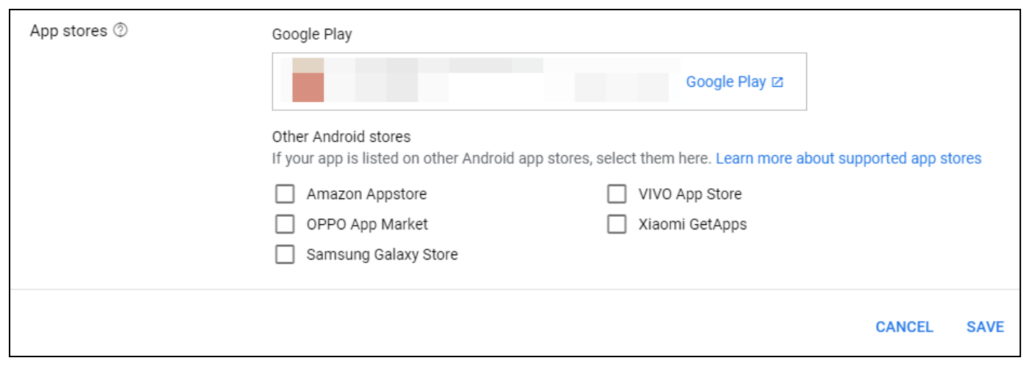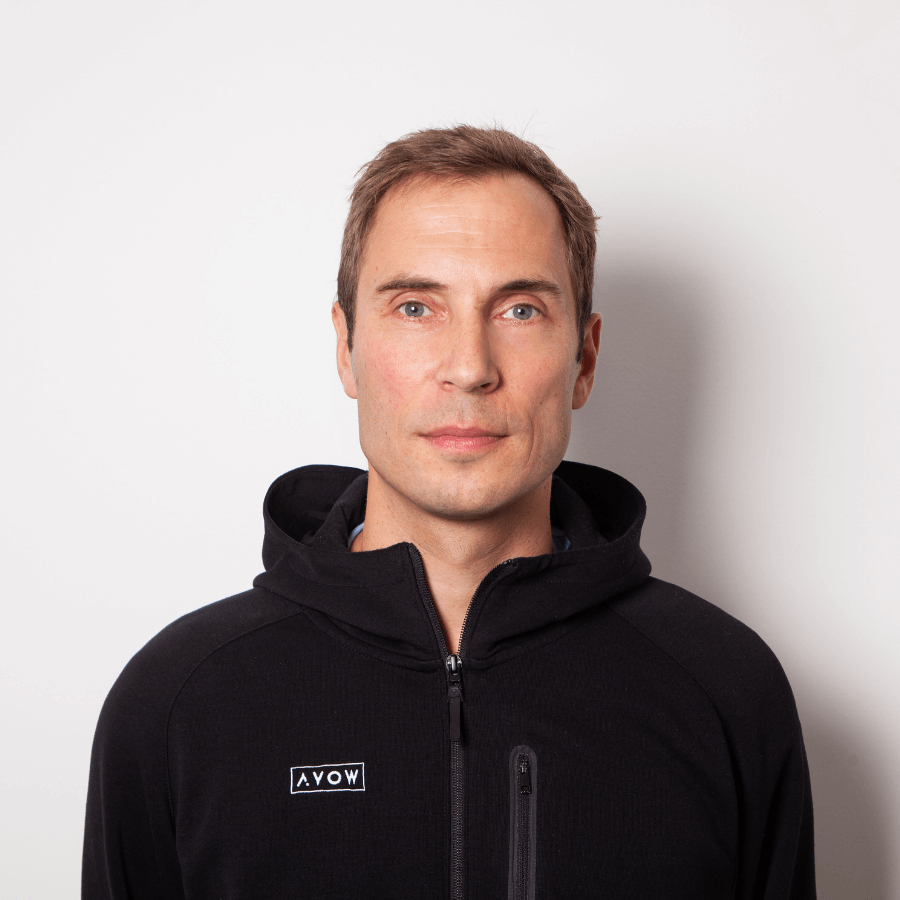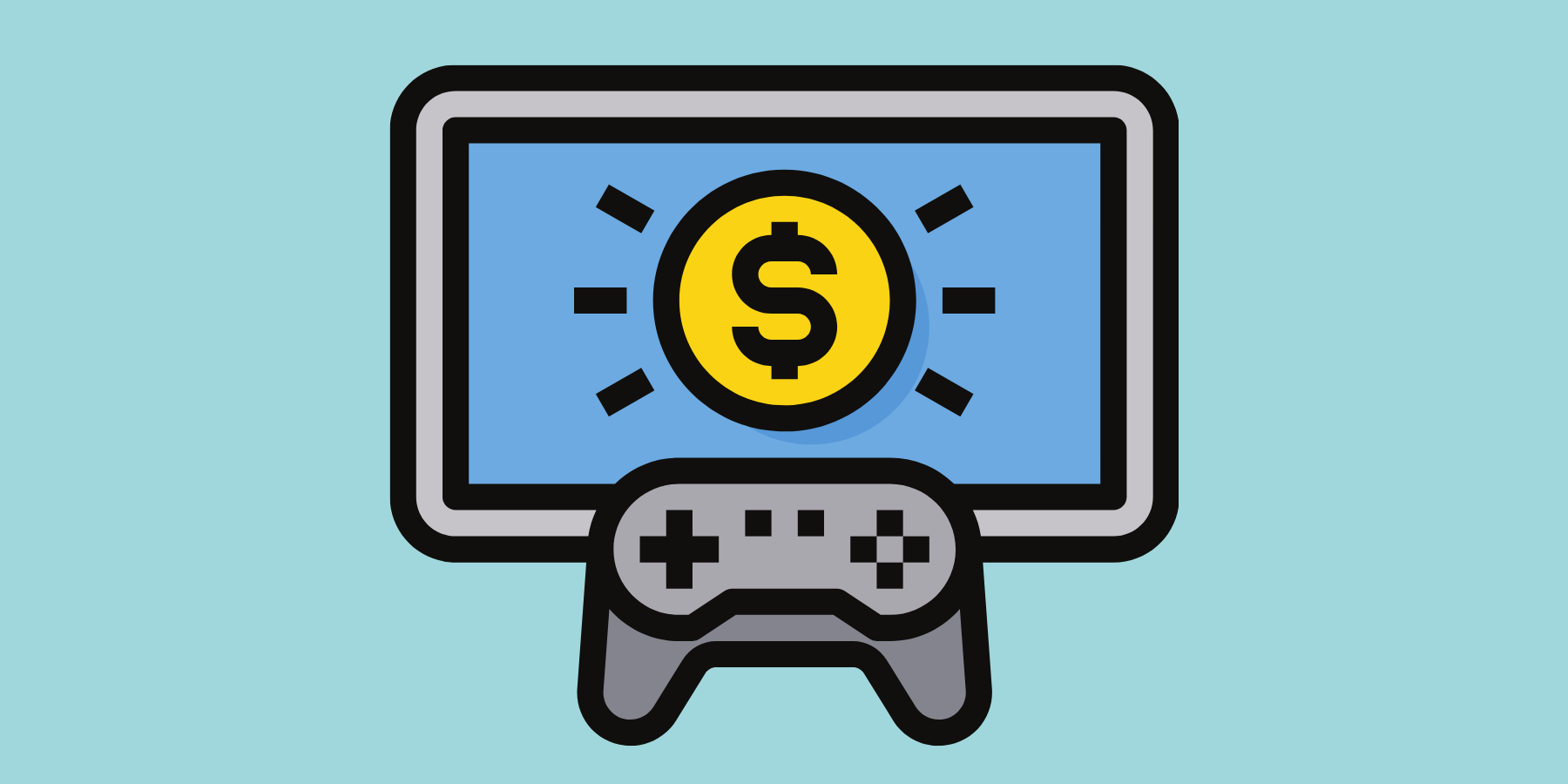When marketing your mobile app it is important to be aware of the rules, regulations and monetization methods in place for getting featured across different app stores. However, this substantial requirement can often lead to myths and common misconceptions that actually prevent developers from leveraging lucrative alternative app stores. In this article we share the truth about OEM monetization and outline how they can be leveraged to reach your marketing company goals.
Can I leverage OEMs without adopting new billing solutions for my mobile game?
Many marketers avoid alternative app stores because they believe it is mandatory to adopt a unique billing solution for each OEM. This myth prevents many developers from leveraging OEM’s untapped markets.
This misconception occurs because implementing a billing solution can be a complex process for developers which rely on in-app revenue, such as companies wanting to upload their mobile games on several app stores. If they want to run Google Play they must ensure the billing snippet works for their game. However, there are solutions available for stores such as Samsung, Huawei and Xiaomi that integrate billing solutions so that developers can publish on these stores.
When working with OEMs, companies need to negotiate a revenue share agreement between publishers and the app store owners. This can be a default rate or percentage of in-app purchases. It is therefore critical for gaming developers to look at each OEM individually and learn whether they allow Google billing.
It is not mandatory to use unique billing solutions for OPPO, Vivo and Xiaomi
Every alternative app store will be slightly different and this will affect how a billing solution is implemented. For example, if you want to run a paid promotion with Huawei it is mandatory that your app is on the Huawei App Gallery and you are required to integrate the Huawei billing solution. However, when it comes to OEMs such as OPPO, Vivo and Xiaomi’s app stores, most developers prefer to stick with Google Play’s solution to avoid the additional workload of setting up and adding several contracts with different revenue share agreements to monitor. It is not mandatory to use the unique billing solutions for these OEMs if you want to place your app in the store. For example, it is acceptable to use Google’s solution and still earn revenue from paid promotion campaigns. Moreover, if you want to advertise OEMs like Oppo, Vivo and Xiaomi there is no need to involve your developers. We can manage this process for you with the same billing solution and API.
Many developers believe they won’t monetize their inventory if installs don’t come from the Google Play Store
This is another myth that is preventing hyper casual games developers from leveraging the power of OEMs. Developers are concerned that distributing on alternative app stores will mean that their monetization is not going to be recognized by video ad companies, such as AppLovin or Unity, who sell their inventory. This is not true but it continues to make developers concerned that it will affect their build rate as a result of not being distributed by Google.
The truth is that most monetization networks do not need to consider which store the install comes from. As long as the alternative app store has no objections to distributing an app with Google Play services installed, there are no limitations from the app developers side. In fact, Google Admob has recently released an option to check OEM app stores as a distribution channel. With this in mind, you have opportunities to fill spaces for ads in your app without worrying about problems with your app’s monetization.

Above screenshot of Admob letting Developers select their method of distribution
Developers may also be concerned about the complexity of the upload and maintenance process of an app on an alternative app store, but this is technically straightforward when working with AVOW. We offer our clients an opportunity to fast track this process by publishing via AVOW’s developer account. We also offer to frequently update the respective SDK. Once you feel comfortable having enough bandwidth to do this in-house, we can easily transfer the account over to you.
From payment solutions to getting your app featured, these widespread assumptions about what’s possible with alternative app stores is preventing businesses from benefiting from the full potential of OEMs. It is always best to consult with OEM specialists about whether a particular billing system or monetization strategy is possible. This helps you unlock the untapped potential of OEMs and scale your business.
AVOW partners with OEMs around the world. We are experts in OEM mobile inventory, helping clients with a consultative approach through the whole campaign cycle. Mobile marketers can expand their reach and unlock new revenue streams with AVOW’s OEM partnerships, which covers 42% of the global Android market.
About the Author






